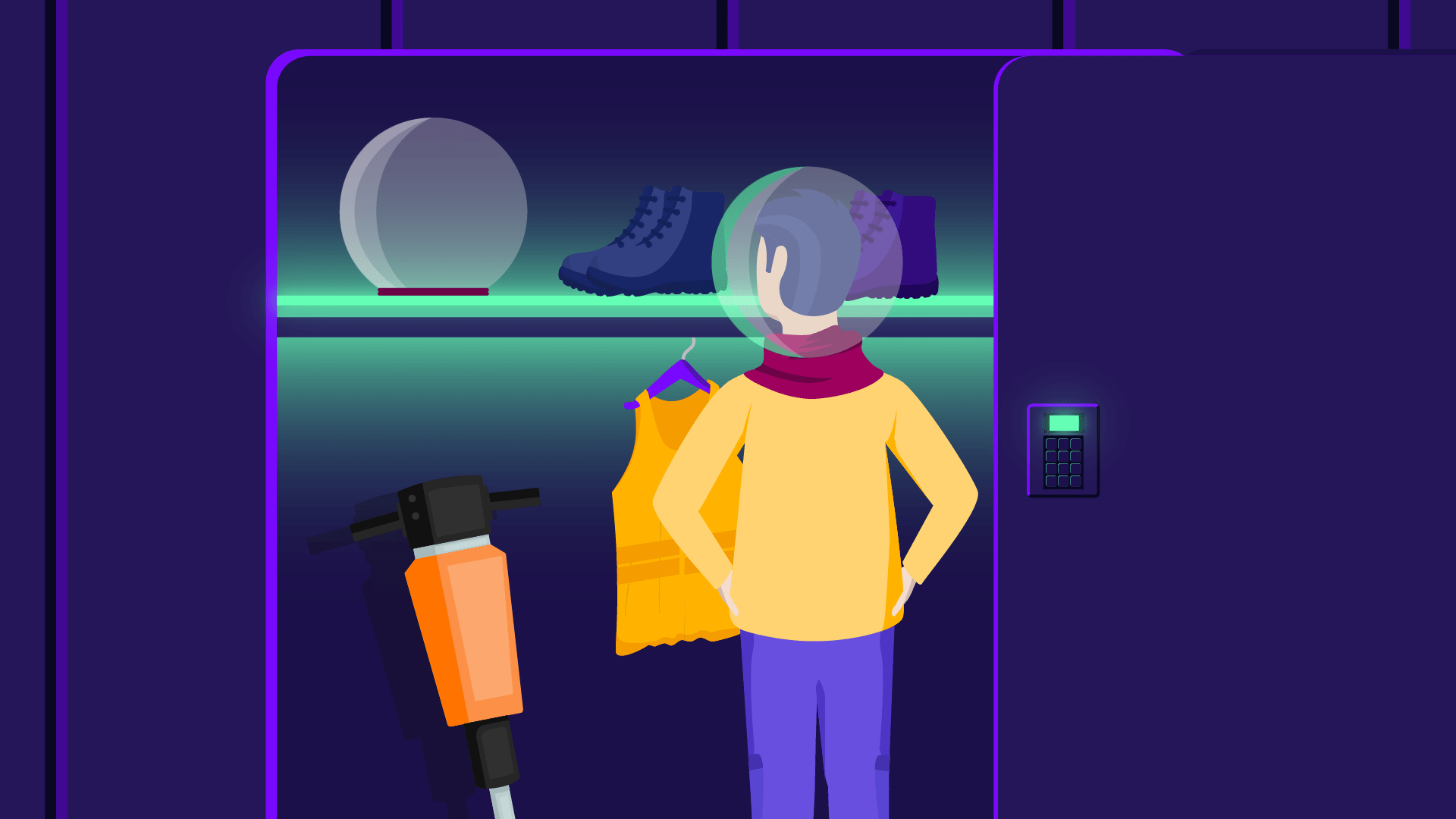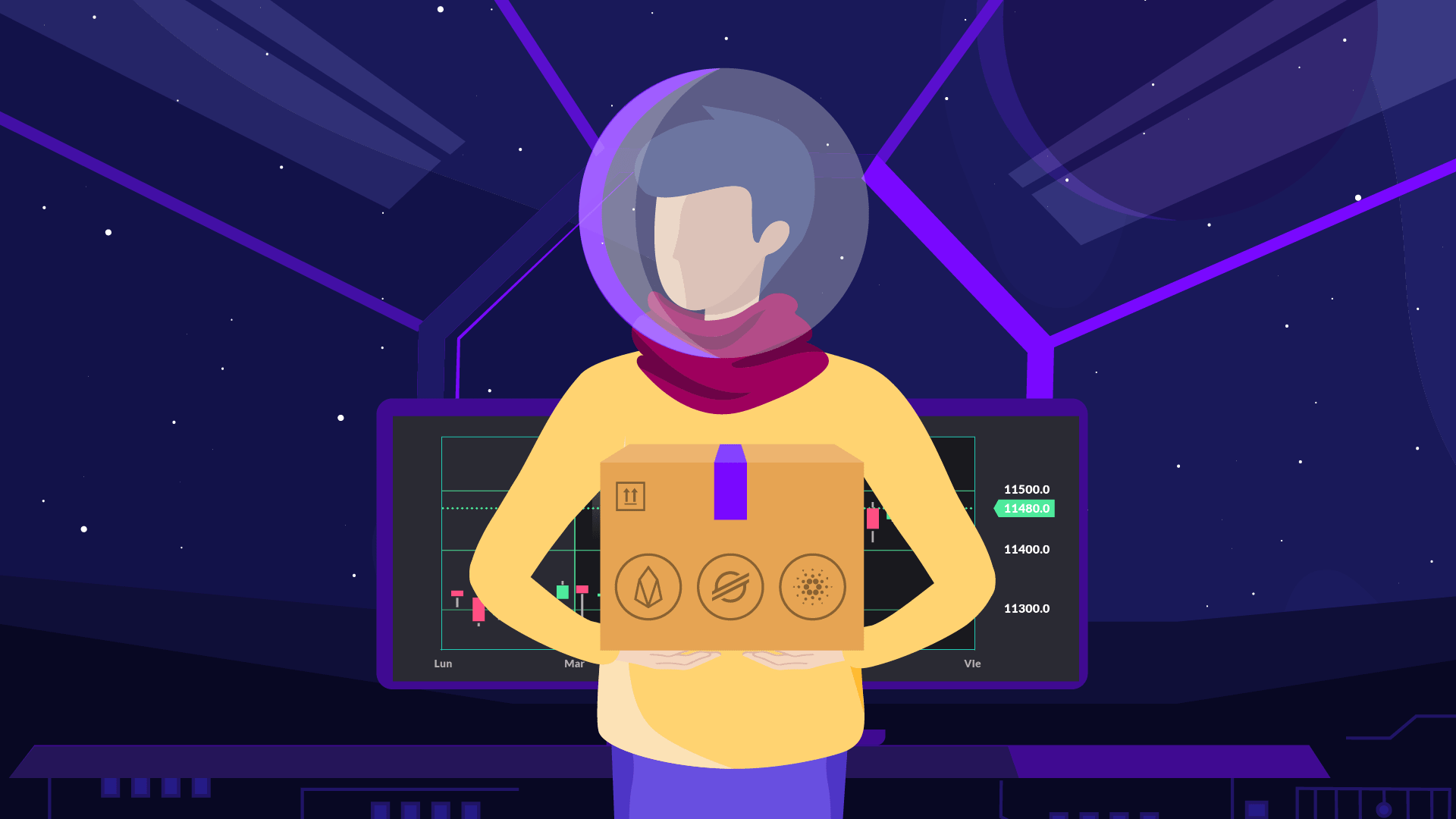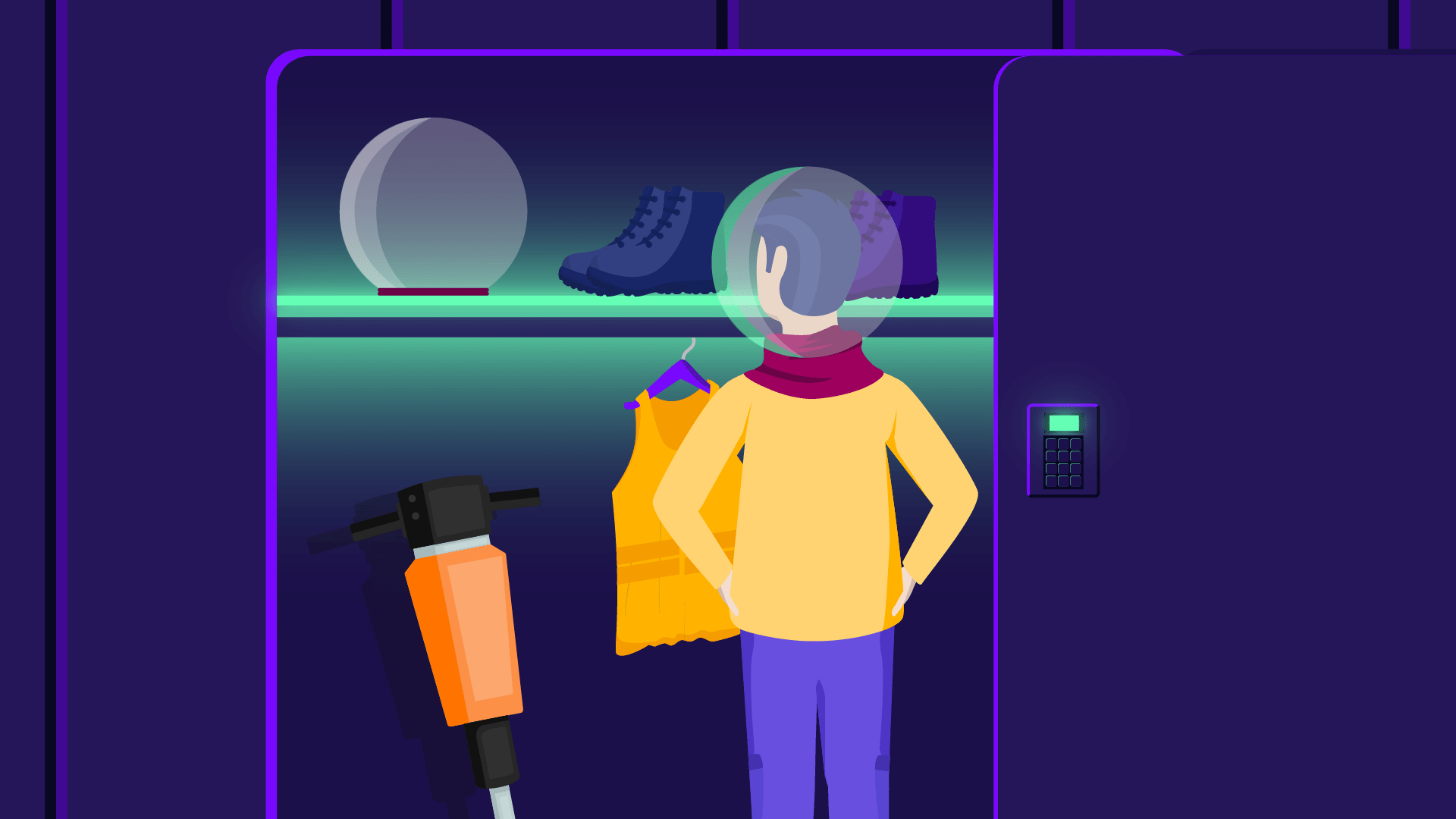Differences and similarities between both models. Advantages and disadvantages. Creation of new cryptocurrency units according to the crypto network of origin.

Among the best-known minable cryptocurrencies we have Bitcoin, Ethereum, Litecoin, Monero, Zcash or Dogecoin.
But there are also non-minable cryptocurrencies such as XRP, EOS, Stellar, IOTA or Cardano. In some cases, these cryptos are completely released to the public and their supply cannot grow. In others it can increase, but not through mining.
In the first case, these are coins pre-mined by the developers at the beginning of the project and then distributed to the public. They are all generated at first and are sold in different forms of fundraising, such as an ICO.
In contrast, other non-mineable cryptocurrencies use a proof-of-stake system to increase the number in circulation. Whoever has obtained or maintains a certain amount of tokens of this cryptocurrency in a wallet will be able to obtain new units at a certain rate.
Although it is debatable whether we can apply the term “non-minable” to these cryptocurrencies, since there is also a process that creates new units, what we can be sure of is that they do not participate in the validation of transactions as miners do. of Bitcoin, Ethereum or Monero.

Non-minable cryptocurrencies operate centrally, which can be a disadvantage.
Differences and similarities
The main difference between mineable and non-mineable cryptocurrencies is that the network and transaction verification are not public. This is a huge difference, as it involves a much more centralized model. The difference is crucial.
Similarities have much more to do with user experience. Any non-mining user can buy cryptocurrencies, transfer them, store them, or whatever, without noticing any difference with a mineable currency.
advantages and disadvantages
The main advantage of mineable cryptocurrencies is that they are open and their participation is not regulated, which constitutes a formidable fact that allows the growth of the network, which at the same time makes it more secure.
On the other hand, some people point out that intensive energy consumption may be a disadvantage of this model. That’s why they look for other ways to reach consensus, such as proof-of-stake.
The main disadvantage of non-mineable cryptocurrencies is that their organization is centralized, so the numbers of units in circulation and the underlying technology are in the hands of a small group, in which new actors cannot participate.
Those who defend this model point out that they are more energy efficient and that having a limited number will tend to increase the price in the long term.
How to mine cryptocurrencies
How to calculate costs and returns. Basic daily cost and minimum daily profit. Differences between hardware, software or “cloud” mining.

All the necessary information about the specifics of mining each cryptocurrency is available in the Blockchain Explorer or also in the Coin Market Cap.
It is important to find cryptocurrencies that fit the available equipment to maximize performance. Another very important factor is the price per kilowatt of electrical energy, given that the equipment will be on 24 hours a day, 7 days a week. Plus, they need refrigeration.
With the price per kilowatt/hour plus the energy consumption data of each piece of equipment, the basic cost per day can be estimated. Then, it is necessary to know how much we are going to earn with said equipment, an account that results from knowing its hashrate and comparing it to the mining difficulty of the cryptocurrency. That will give us the minimum daily profit per team.

You can choose the method and equipment for mining, depending on the possibilities and objectives.
By hardware
The main difference when mining cryptocurrencies is the type of equipment you want or can use. As we explained in the chapter on consensus testing, Ethereum is mined with GPUs while Bitcoin is mined with ASIC boards already prepared for SHA 256 algorithms.
Whoever leans towards this option has to know that they will only be able to efficiently mine cryptocurrencies that work with that algorithm.
On the other hand, those who use GPUs know that they cannot compete with ASICs but have a wider range of cryptocurrencies available to mine.
By software
Software options vary completely depending on the needs of the miners. There are user-modified options for mining certain cryptocurrencies, as well as the same official clients for each crypto. Nothing special is needed and it depends on the needs of each miner.
on the cloud
As mining infrastructure grows and the internet becomes a ubiquitous technology, new opportunities also arise. One of them is cloud mining, which consists of renting mining equipment for X period of time.
In this way, it is possible not to invest too much to start mining, but knowing that the profitability obtained will be lower.
Also here it is necessary to do enough research, because there are many pages that use the concept of “cloud mining” but which turn out to be scams.

